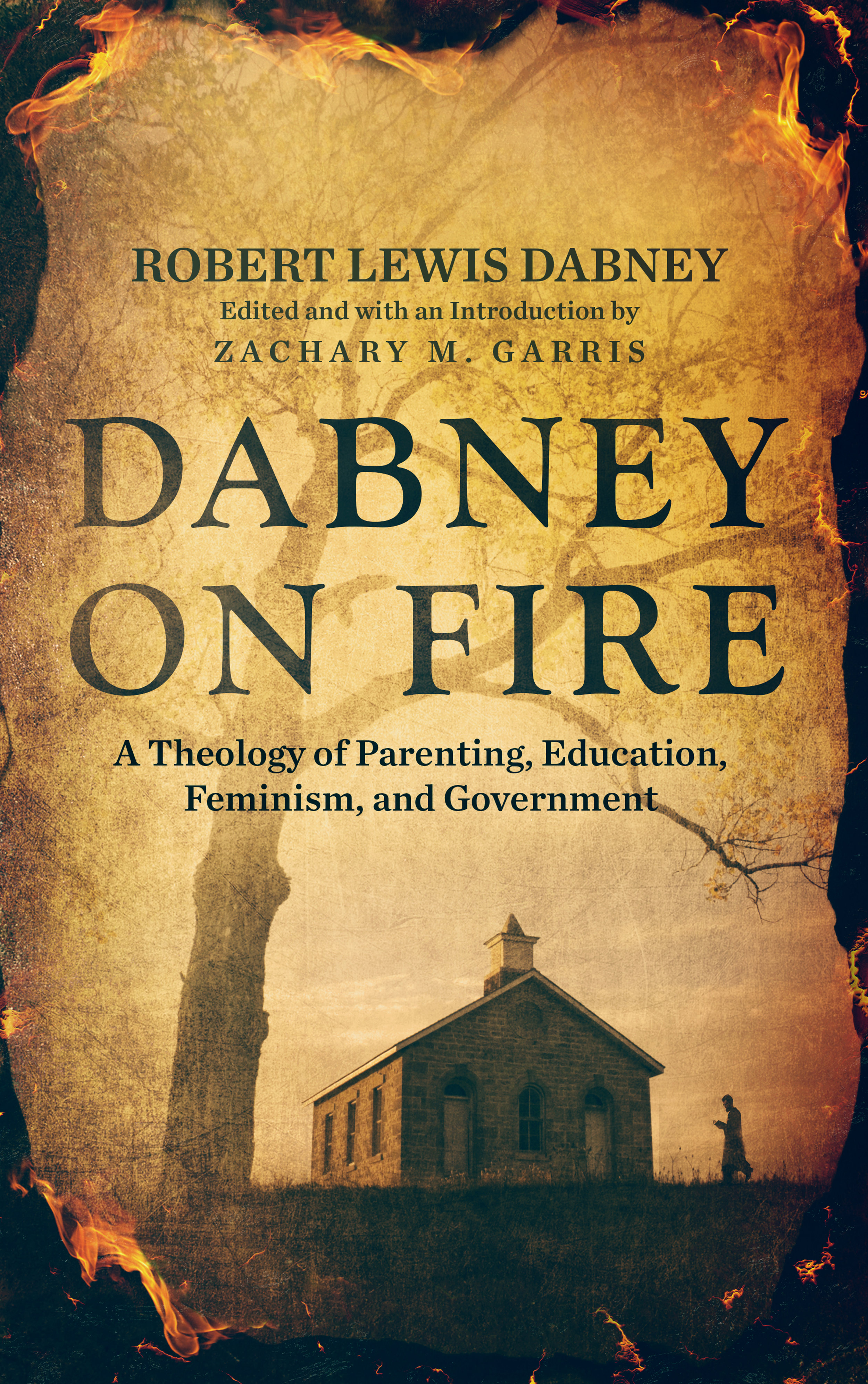Catechizing Youth for Moral Reformation
/I don’t know how familiar you are with the Heidelberg Catechism, but you should be. Along with the Westminster Shorter and Larger Catechisms (1647) used by Presbyterians, the Heidelberg Catechism (1563) is one of the great Reformation catechism still used by Christians today.
The Dutch Reformed churches hold to what are known as the Three Forms of Unity, which includes the Heidelberg Catechism, the Belgic Confession, and the Canons of Dort. The Heidelberg Catechism is known for its beautiful first question and answer:
What is your only comfort in life and death?
That I am not my own,
but belong with body and soul,
both in life and in death,
to my faithful Savior Jesus Christ.
He has fully paid for all my sins
with his precious blood,
and has set me free
from all the power of the devil.
He also preserves me in such a way
that without the will of my heavenly Father
not a hair can fall from my head;
indeed, all things must work together
for my salvation.
Therefore, by his Holy Spirit
He also assures me of eternal life
and makes me heartily willing and ready
from now on to live for him.
Yet even many Reformed Christians do not know that the writing of the Heidelberg Catechism was commissioned by the civil government. Elector Frederick III, who ruled the Palatinate (a German province) from 1559 to 1576, commissioned Zacharius Ursinus (1534–1583), professor of theology at the Heidelberg University, to prepare a catechism for instructing youth and guiding pastors and teachers. (While others contributed to the catechism, Ursinus is thought to be the primary author.)
The Heidelberg Catechism was published in German on January 19, 1563, followed that same year by a second and third German edition with minor edits and also a Latin translation. That initial edition included a preface by Elector Frederick, the ruler of the Palatinate. Yet for some reason, that preface is not included in most modern editions and is difficult to find in print.
A couple things are noteworthy about Frederick’s preface. First, he considered the Catechism’s commission "as the most important duty of our government." Frederick followed the Reformers in thinking that civil government had an important duty toward upholding the Christian religion and even making sure children were educated in Christian doctrine.
Second, Frederick’s preface emphasized that its purpose was to educate the youth and bring moral reformation to the land. Frederick described the problem as a lack of the youth being instructed in Christian theology:
[W]e have also determined that one of the great problems of our system is that our blossoming youth are disposed to be careless in regard to Christian doctrine. This happens in both the schools and churches of our principality. Indeed, some are completely without Christian instruction… Amongst other great problems, the consequence has been that these youth have too often grown up without the fear of God and the knowledge of his Word.
Frederick stressed the significance of children being trained in Christian doctrine—for the health of the family, church, and government:
It is essential that our youth be trained in early life, and above all, in the pure and consistent doctrine of the holy Gospel and that they be well-versed in the proper and true knowledge of God. Without this there can be no maintenance of both temporal and spiritual offices, government and family discipline. We need this in order that discipline and obedience to authority and all other virtues may increase and be multiplied among our subjects.
As a solution to this problem, Frederick commissioned the writing of the Heidelberg Catechism:
Therefore, we have regarded it as a high obligation, and as the most important duty of our government, to give attention to this matter, to do away with this defect, and to introduce the necessary improvement… we have secured the preparation of a summary course of instruction or catechism of our Christian Religion, according to the Word of God… This we have done, not only that the youth in churches and schools may be instructed in a godly fashion in such Christian doctrine, but also that the pastors and schoolmasters themselves may have a solid and fixed form and model.
Frederick concluded by asking his readers to “diligently and faithfully represent and explain the Catechism according to its true meaning to the youth in our schools and churches, and also from the pulpit to common people you teach. We ask that you act and live in accordance with it.” Frederick provided great encouragement if we follow his instruction:
Have the assured hope that if our youth are early on instructed earnestly in the Word of God, it will please the Almighty also to grant reformation of public and private morals, and temporal and eternal welfare.
Brothers and sisters in Christ, if we want our children to grow up to be godly men and women, if we want moral reformation in our nation, let us catechize our children. As a Presbyterian, I primarily use the Westminster Shorter Catechism. But I still consult the Heidelberg, which is also excellent. The Heidelberg is even divided into 52 Lord’s days, so it can be read or preached through over the course of one year.
Pick a catechism, and read it in your devotional time. Read it with your family at the dinner table along with Scripture. Memorize portions together. Teachers, include catechism in your classes. Pastors, teach the catechism to both children and adults in your church.
Catechism is an amazing tool the Lord has given us to study Him and His ways. Let us not neglect such a great gift.
Quotations from the preface to the Heidelberg Catechism are taken from Wes Bredenhof, ed., We Believe: The Creeds and Confessions of the Canadian Reformed Churches, 151–155.







